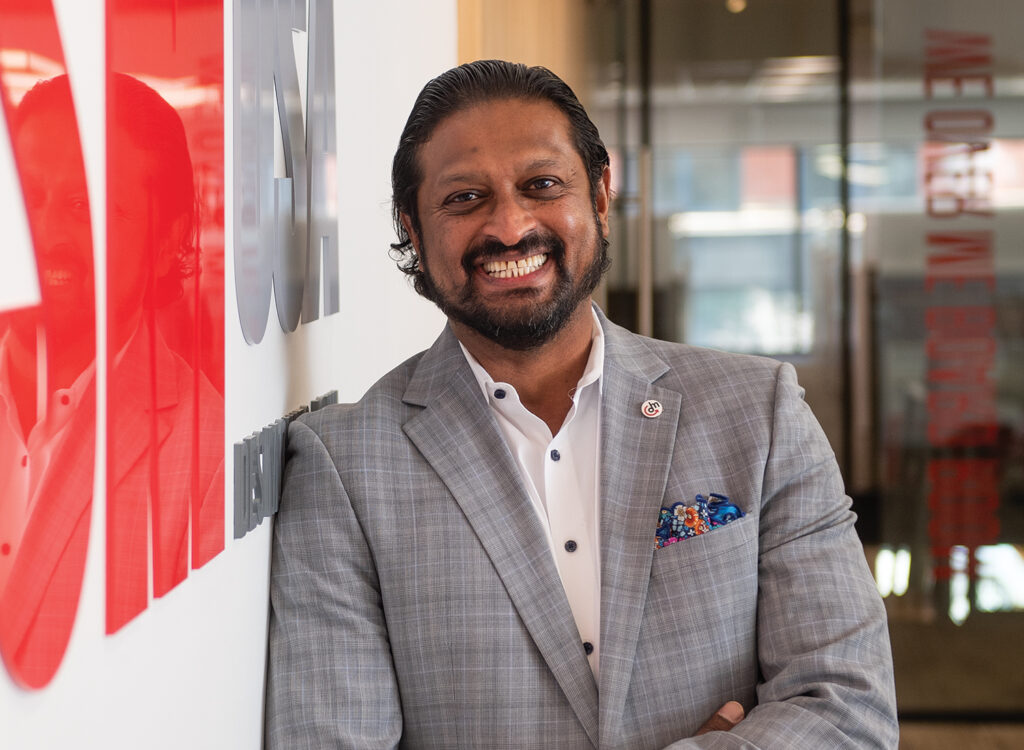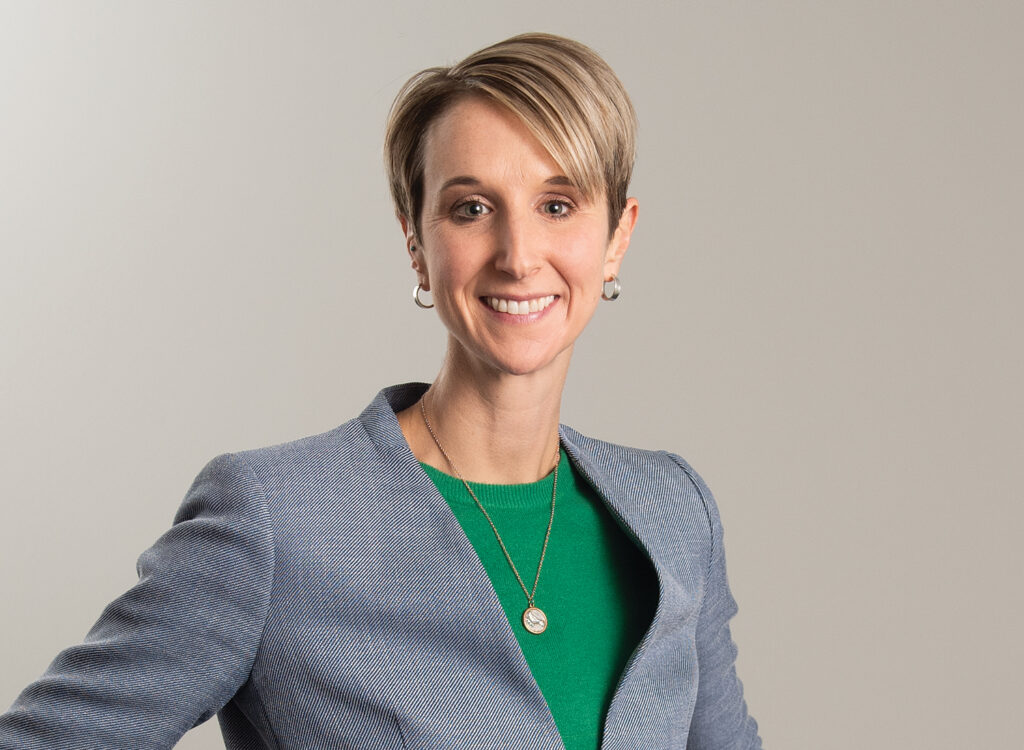Catch of the day
Is Iowa poised to be leader in seafood production?

MICHAEL CRUMB Jan 28, 2021 | 3:52 pm
6 min read time
1,509 wordsBusiness Record Insider, Innovation and Entrepreneurship
If you want fresh seafood, where do you go? Iowa, of course.
Iowa is best known for growing corn and soybeans and raising hogs. But there’s a new kid knocking on the barn door if you listen to people involved in fish farming, also known as aquaculture.
“I believe we can become the leading seafood-producing state in the country,” said Joe Sweeney, CEO of Eagle’s Catch, a facility in Ellsworth that produces tilapia for live sales of fish to specialty markets across the country.
Eagle’s Catch is one of as many as 30 fish farms in Iowa producing tilapia or shrimp, or fish to stock ponds and rivers in the state.
According to information from the Iowa Department of Agriculture, aquaculture generated more than $3.8 million in sales in Iowa in 2018, the most recent year that data was available. That includes production of all varieties of fish used for different purposes.
Mike Naig, Iowa’s secretary of agriculture, said for all the reasons Iowa is a leader in other commodities, the state is poised to be a leader in fish production, too.
“It’s really just another form of value-added agriculture,” he said. “When you look at it from a cost competitive standpoint, when you look at the cost of land, the availability of good, clean water, the availability of feed for aquaculture, we have a great advantage here just like we do in all those other categories, so aquaculture can be — and I believe it will be — a growing part of our value-added agriculture well into the future.”
While aquaculture has existed for years in the state, it’s the scale of operations now being seen that is drawing attention to the industry, Naig said.
Naig said if it can be profitable, aquaculture won’t be a hard sell to producers. Getting that buy-in from consumers may be a bigger fish to fry, he said.
“I do think there’s a challenge around awareness,” he said. “I don’t think people are going to think of Iowa in terms of seafood production automatically.”
Naig said more than 90% of seafood consumed in the U.S. is imported, and he believes some of that can be turned to domestic production.
Raising seafood domestically, including here in Iowa, will improve quality and reduce concerns around food safety, he said.
“I think the more consumers are aware of those things, the more they will prefer domestic production, and that can create more market opportunities that can drive profitability,” Naig said.
At Eagle’s Catch, a large greenhouse facility built in Ellsworth’s industrial park along Interstate Highway 35, Sweeney and his staff are in the middle of an expansion. When that is done, Eagle’s Catch will be producing about 5 million pounds of live tilapia a year.
“At the finish of our expansion, we will have the largest indoor fish farm in the country,” Sweeney said.
He said that according to a study done by Iowa State University, Eagle’s Catch contributes $36 million a year to the economy of the Hamilton County community of about 500 people.
Eagle’s Catch employs 34 people, eight of whom are part-time. Full-time employees are paid between $30,000 and $80,000 a year, with several key employees making between $60,000 and $70,000.
Employees include Sweeney’s old youth soccer coach, a former schoolmate Sweeney once rode the school bus with, and a friend he knew through 4-H and FFA.
“It’s incredible to offer people that I’ve known a good chunk of my life high-quality, high-paying jobs,” said the 29-year-old Sweeney, who grew up near Buckeye and received his undergraduate degree in agriculture business. He later received his master’s degree in business administration from the University of North Carolina.
Many of the people Eagle’s Catch employs have an animal agriculture background and receive additional training in fish production, Sweeney said.
Joe Morris, a professor of natural resource ecology and management at Iowa State University and the director of the North Central Regional Aquaculture Center, said the biggest challenges facing food fish farmers are economics and marketing, more than the actual production itself..
“People get into this because it’s neat, it’s an alternative way of farming other than corn and beans and hogs, but in reality, they get into it and say, ‘Holy crap, I’ve got to be able to sell this and stay in business,’ so I think that’s a revelation for lot of people,” said Morris, who once managed a fishery in Texas.
Shrimp straight from … Story City
Just north of Ames, another ISU alumni, Jackson Kimle, is developing new technology to raise shrimp in the old outlet mall in Story City.
Kimle, who had been producing high-quality lamb and selling the product to restaurants in the Des Moines area, first ventured into aquaculture in 2014 on a project called Inland Sea, a project to raise salmon in Harlan, in western Iowa.
That project didn’t materialize and money was returned to investors, but Kimle said he saw opportunities to improve upon the technology, using algae to treat water. That technology is now allowing the Story City shrimp farm to operate as a zero wastewater discharge facility, Kimle said.
Why shrimp?
“Shrimp is the No.1 seafood consumed in the United States,” Kimle said. “Secondly, shrimp, although it’s the highest consumed, it’s also very low quality, or the majority of shrimp that comes in is. There’s generally not fresh shrimp available outside of seasonal shrimp from the Gulf of Mexico, and that’s not consistent. By doing shrimp, we can tap into the biggest market and tap into premium markets. Essentially, people can’t get their hands on fresh shrimp today, so if you can provide that, people are willing to pay a high premium for that.”
Midland Co. plans to begin selling fresh shrimp directly to consumers in early 2021, Kimle said. Pre-orders are being accepted on the company’s website, he said.
As the company grows, it hopes to reach out to restaurants and distributors, Kimle said.
He said while shrimp can be found in the grocery freezer, it’s generally from southeast Asia.
“It will be OK, but you’re not going to get the flavor profile, the freshness, the richness you get from fresh shrimp,” he said. “It doesn’t even taste like the same product. Shrimp is supposed to taste sweet, and no one knows that until they have it.”
He said being located in the middle of the country also is favorable to Iowa aquaculture, helping the state compete for fresh seafood that otherwise would have to be shipped in from the coasts.
Kimle said the Story City outlet mall was a perfect fit because of its size and minimal renovations that needed to be done.
Currently, Midland Co. is running just one tank, but it plans to add 12 tanks as demand increases.
Each tank is 22,000 gallons, 50 feet long, 15 feet wide, and about 4 feet deep.
The initial tank is split into thirds with dividers to accommodate the development stages of the shrimp, from the beginning, or nursery phase, about 9 mm to 1 gram, to the “grow out” phase of 25 grams or more, Kimle said. He gets his shrimp from fisheries in Texas and Florida.
Midland Co. currently has three full-time employees and one part-time employee. It hopes to expand that to six full-time employees in the next year or two, he said.
Overall, the company will invest about $2 million in the facility, said Kimle, who grew up outside of Ames and graduated from Gilbert High School. He later earned his bachelor’s degree in agricultural business from Iowa State University.
Midland’s goal is to grow and expand to develop turnkey operations statewide that raise shrimp through a contract grower system, the 26-year-old Kimle said.
“So we would do the nursery and offtake agreements and the buying of the shrimp, and the contract growers would do the investment in the facility and the production,” he said. “Our goal is to get to 400 contract growers in the next 15 years and supply the major metropolitan areas in the Midwest.”
Kimle said relatively low energy prices, due in part to the development of the state’s wind energy industry, and work going on in the feed sector to develop ingredients that use byproducts from ethanol and soy will help aquaculture long-term in Iowa.
Sweeney, of Eagle’s Catch, said his company, much like Kimle’s, wants to build a network of smaller family farms and a cooperative to expand production and eventually get into processing.
He said Eagle’s Catch is working with new financial partners to build a business that would bring in a new generation of fish farmers. It also would bring in strategic stakeholders in animal protein integration, processing and marketing.
One doesn’t have to cast a net too far to see that Sweeney sees a bright future for aquaculture in Iowa.
“I think there’s an incredible opportunity to grow aquaculture in the state of Iowa,” he said. “I think Iowa farmers and Iowa people are the right folks to build this industry and become world class at it.”








